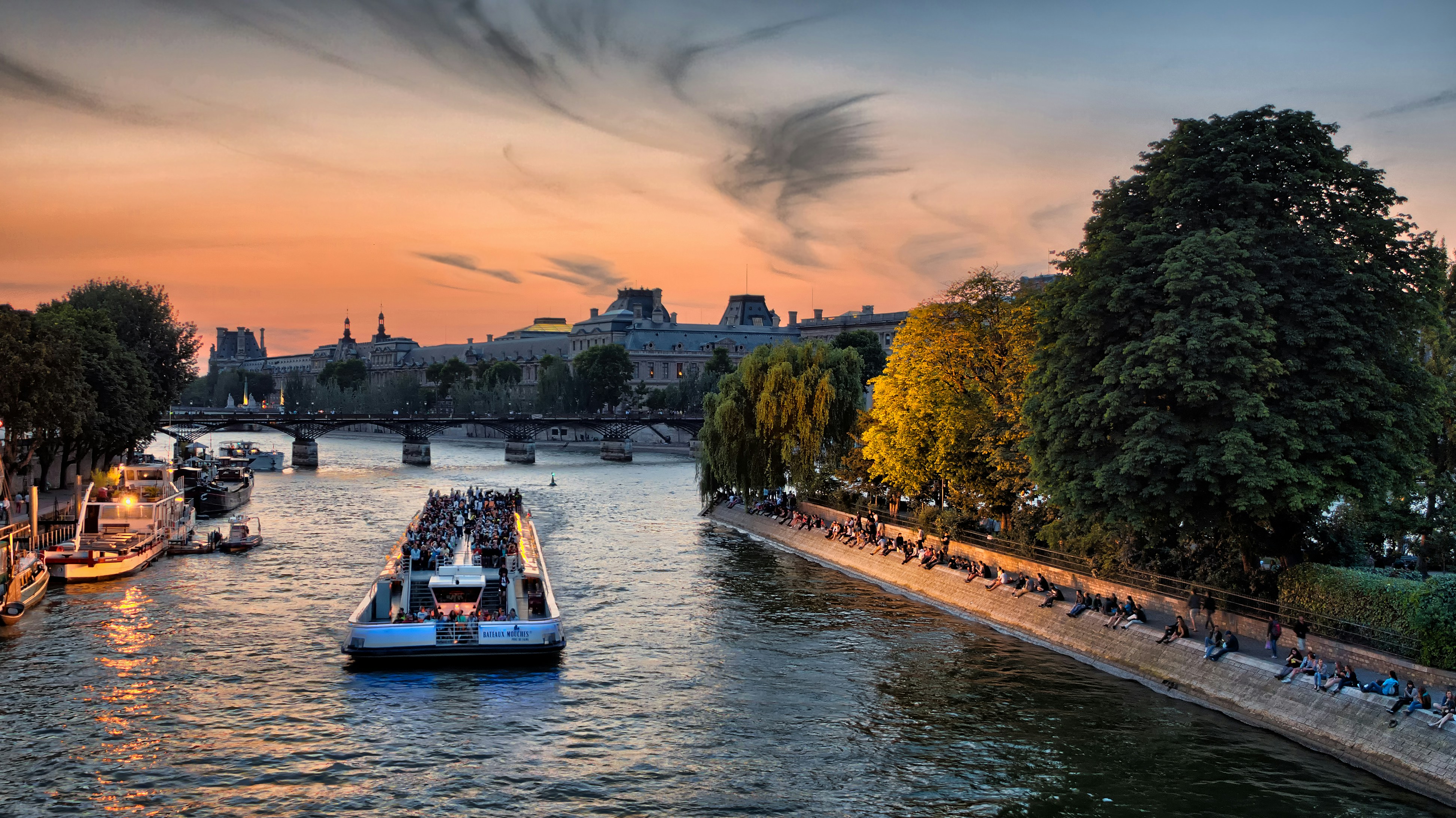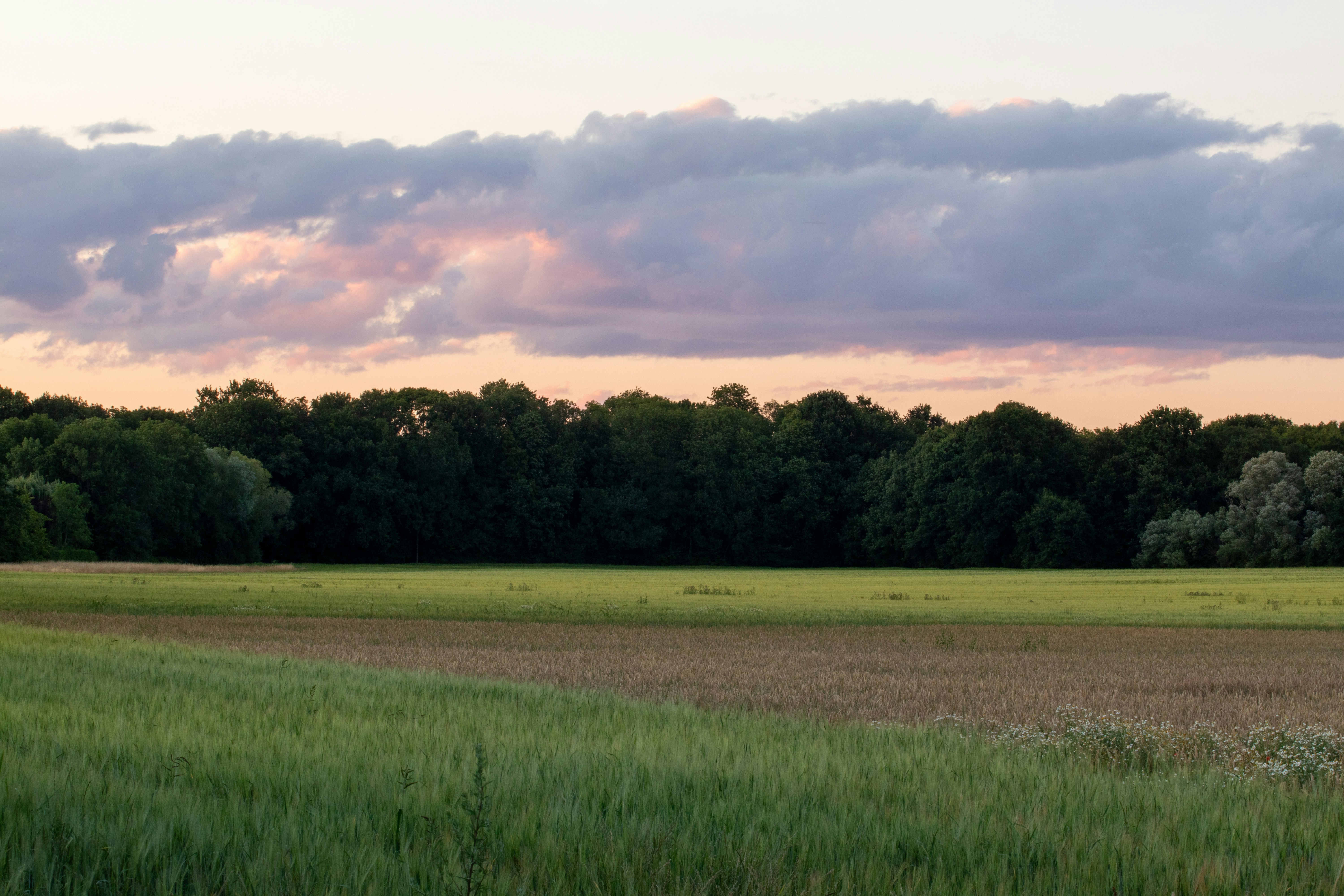Ile-de-France: The heart of French culture and history
France's most populous region, Ile-de-France, stands as a testament to the country's rich history, cultural significance, and economic prowess. This region, often referred to as the Paris Region, encompasses the French capital and its surrounding areas, offering a blend of urban sophistication and rural charm that has captivated visitors for centuries.

A Tapestry of History and Modernity
In Ile-de-France, the past and present are woven together in a tapestry of architectural marvels and technological innovations. Medieval cathedrals stand in the shadow of gleaming skyscrapers, while centuries-old palaces are found alongside cutting-edge research facilities. This juxtaposition of old and new is perhaps best exemplified by the iconic Eiffel Tower, which has been transformed from a temporary exhibition structure into a symbol of French ingenuity and style.
The region's historical significance cannot be overstated. It was here that the French monarchy established its power, with palaces like Versailles serving as the epicenter of royal authority. Today, these grand estates have been transformed into museums, offering visitors a glimpse into the opulence and intrigue of bygone eras.
A Cultural Powerhouse
Ile-de-France's cultural influence extends far beyond its borders. The region is home to some of the world's most renowned museums, including the Louvre, which houses priceless artifacts and masterpieces from across the globe. The Centre Pompidou, with its distinctive inside-out architecture, showcases modern and contemporary art, challenging visitors' perceptions and sparking dialogue.
The performing arts are equally celebrated in Ile-de-France. The Paris Opera, founded in 1669, continues to stage world-class productions of ballet and opera. Meanwhile, smaller theaters and performance spaces throughout the region nurture emerging talents and experimental works, ensuring that the arts remain vibrant and evolving.
An Economic Engine
While culture and history may be Ile-de-France's calling cards, its economic importance cannot be overlooked. The region serves as France's economic heartbeat, generating nearly a third of the country's GDP. La Défense, Europe's largest purpose-built business district, is home to the headquarters of many multinational corporations, its skyline a testament to the region's financial power.
Innovation is fostered in Ile-de-France's numerous research institutions and technology parks. The Paris-Saclay cluster, for instance, brings together top universities, research centers, and high-tech companies, driving advancements in fields ranging from artificial intelligence to renewable energy.
Natural Beauty Amidst Urban Sprawl
Despite its urban density, Ile-de-France offers surprising pockets of natural beauty. The forests of Fontainebleau and Rambouillet provide respite from city life, their ancient trees and winding paths inviting exploration and contemplation. The carefully manicured gardens of Versailles and Vaux-le-Vicomte showcase the French art of landscape design, their symmetrical layouts and ornate fountains a stark contrast to the wild beauty of the forests.
The Seine River, which snakes through the region, has shaped Ile-de-France's development for millennia. Today, its banks serve as popular gathering spots for Parisians and tourists alike, with the recently pedestrianized riverfront in Paris offering new perspectives on the city's iconic landmarks.
A Gastronomic Paradise
Ile-de-France's culinary scene is a reflection of its cultural diversity and commitment to excellence. From Michelin-starred restaurants pushing the boundaries of haute cuisine to humble bistros serving timeless classics, the region offers a feast for every palate. The numerous markets scattered throughout Ile-de-France showcase the bounty of the surrounding agricultural areas, with seasonal produce, artisanal cheeses, and freshly baked breads tempting shoppers.
The region's vineyards, though less famous than those of Bordeaux or Burgundy, produce unique wines that are gaining recognition among oenophiles. The Champagne region, partially located within Ile-de-France, continues to be synonymous with celebration and luxury worldwide.
A Hub of Transportation and Connectivity
Ile-de-France's position as a global hub is reinforced by its extensive transportation network. The region is served by three international airports, including Charles de Gaulle, one of Europe's busiest. An efficient public transit system, including the iconic Paris Métro, connects the various parts of the region, making it easy for residents and visitors to explore its diverse offerings.

High-speed rail links put the rest of France and much of Europe within easy reach, further cementing Ile-de-France's role as a central node in the continent's transportation network.
In Ile-de-France, history is not merely preserved; it is lived and breathed daily. The region's ability to honor its past while embracing the future makes it a truly unique destination. Whether one is drawn by its cultural treasures, economic opportunities, or simply the joie de vivre that permeates every aspect of life here, Ile-de-France offers an experience that is both quintessentially French and refreshingly cosmopolitan. As the sun sets over the Seine, painting the sky in hues of pink and gold, one cannot help but feel a part of the ongoing story of this remarkable region. For those seeking to explore more of France's diverse offerings, a visit to Lyon, with its renowned culinary scene and historical significance, provides an excellent complement to the Ile-de-France experience.
Related articles
Show all
The top 15 things to do in Beaune
Nestled in the heart of Burgundy, a charming town awaits discovery. Medieval ramparts encircle cobblestone streets, while prestigious wine cellars lie hidden beneath. This enchanting destination, where history and gastronomy intertwine, offers visitors a taste of authentic French culture. From world-renowned vineyards to architectural marvels, a wealth of experiences can be found in this picturesque corner of France.
Beaune - FRANCE

Best 15 things to do in Sète
Along the sun-drenched shores of the Mediterranean, a charming port town awaits discovery. Canals weave through its heart, while fishing boats bob gently in the harbor. The scent of fresh seafood and salty sea air mingles in the breeze. Welcome to Sète, a hidden gem in the South of France that beckons travelers with its unique blend of maritime heritage, vibrant culture, and natural beauty.
Sète - FRANCE

The 15 best things to do in Saint-Malo
Brittany's rugged coastline has been shaped by centuries of wind and waves, creating a landscape of dramatic cliffs, hidden coves, and charming seaside towns. Among these jewels of the French coast, one city stands out for its rich history, stunning architecture, and captivating maritime culture. With its imposing granite walls rising from the sea and a labyrinth of cobblestone streets within, this ancient corsair stronghold beckons visitors to explore its many treasures and experience the unique Breton way of life.
Saint-Malo - FRANCE

The 15 best things to do in Lille
Northern France beckons with a city that seamlessly blends Flemish charm and French sophistication. Once an industrial powerhouse, this vibrant metropolis has been transformed into a cultural hotspot, where centuries-old traditions mingle with cutting-edge art and design. From grand squares lined with ornate buildings to hidden courtyards waiting to be discovered, every corner tells a story of resilience and reinvention. For travelers seeking an authentic taste of French life away from the usual tourist haunts, this Flemish-influenced city offers a unique and captivating experience.
Lille - FRANCE

Port Cros - Close to paradise
Port-Cros National Park is a remote island and marine national park found off the coast of Toulon. All 690 acres of land on the island are protected and combine to make a picture-perfect landscape. Turquoise lapping water, lush green forest, and the Mediterranean sun all combine to make Port-Cros a paradise.
Toulon - FRANCE


 Home
Home Wishlist
Wishlist